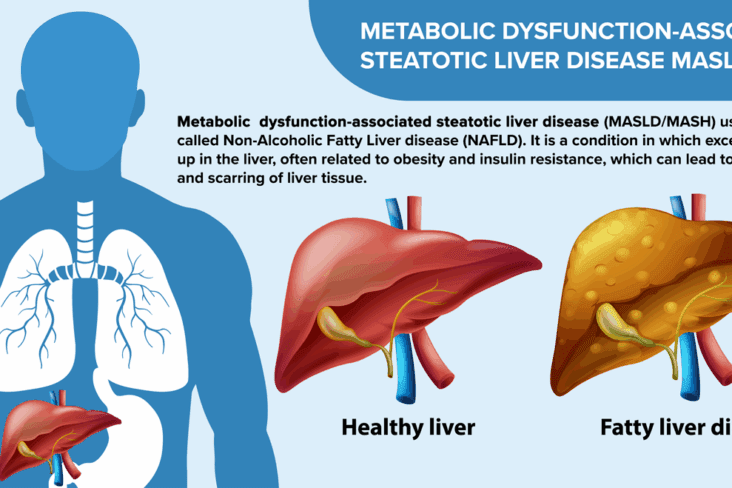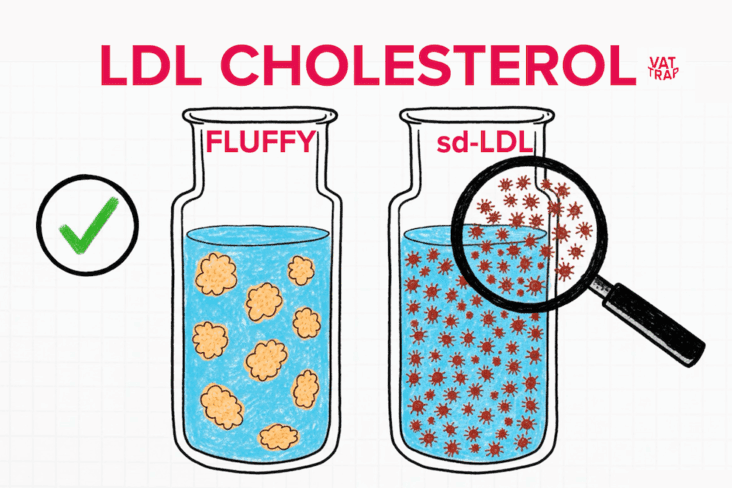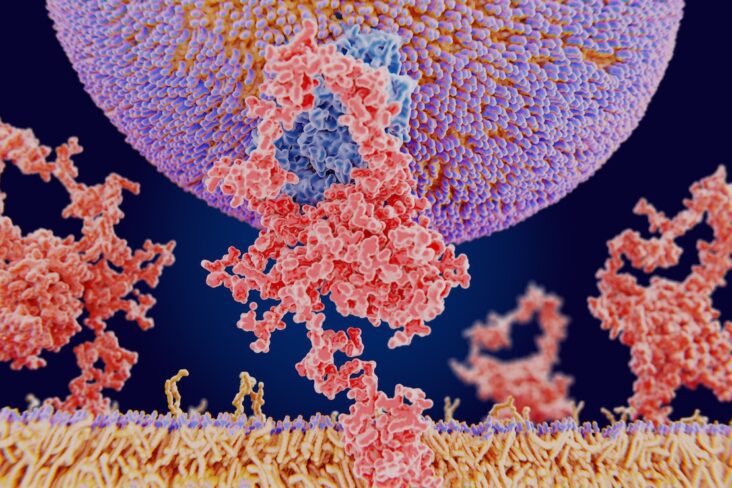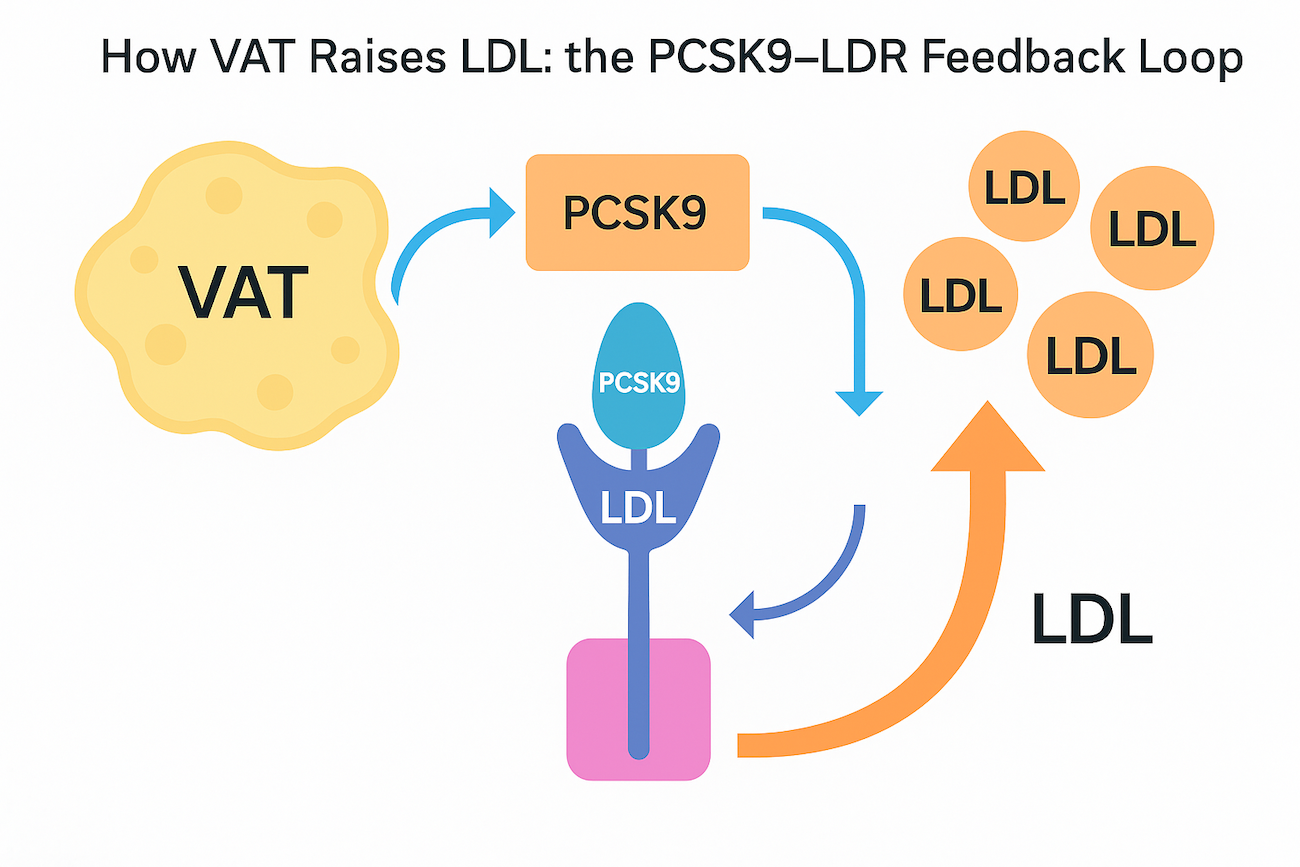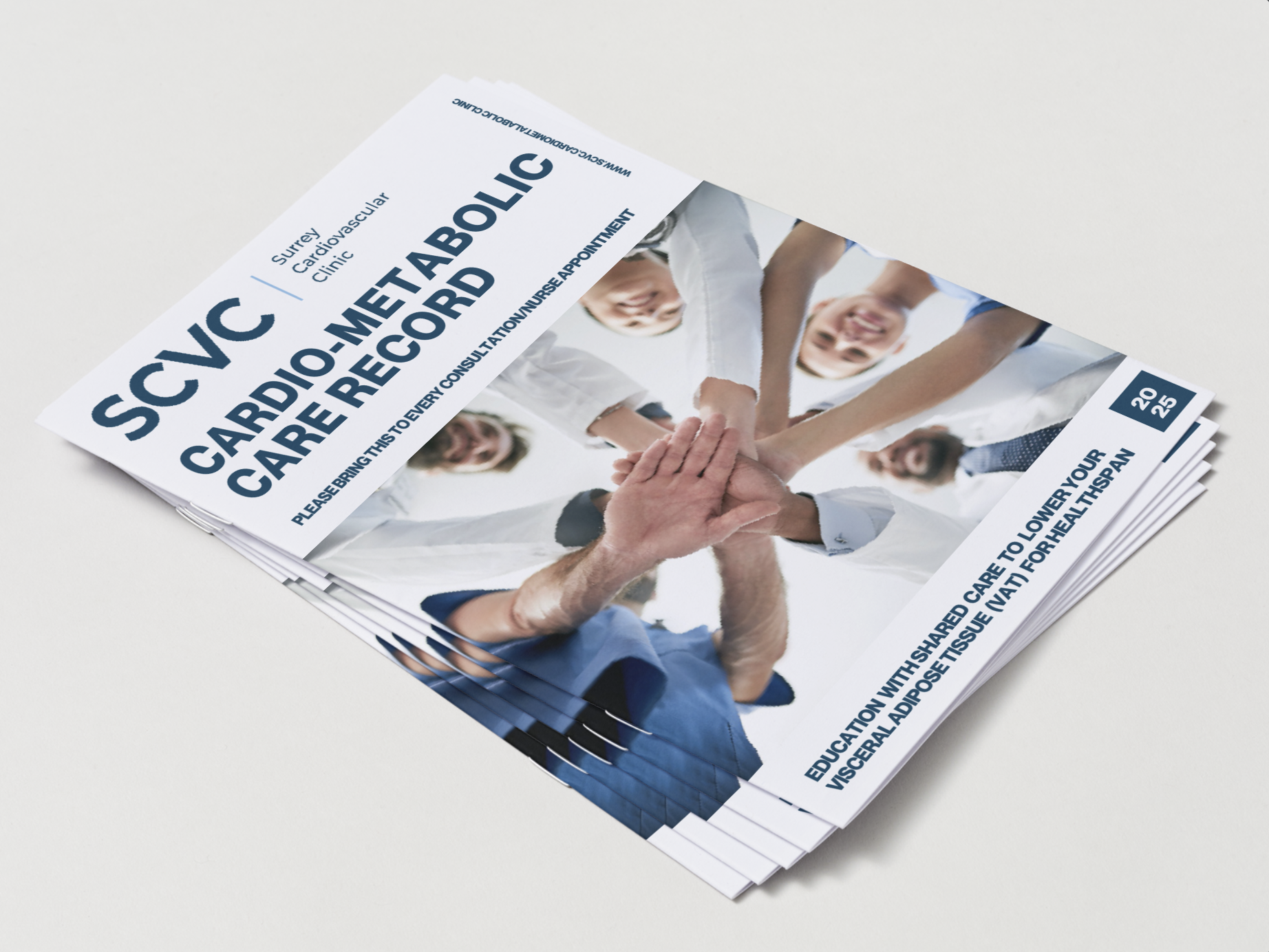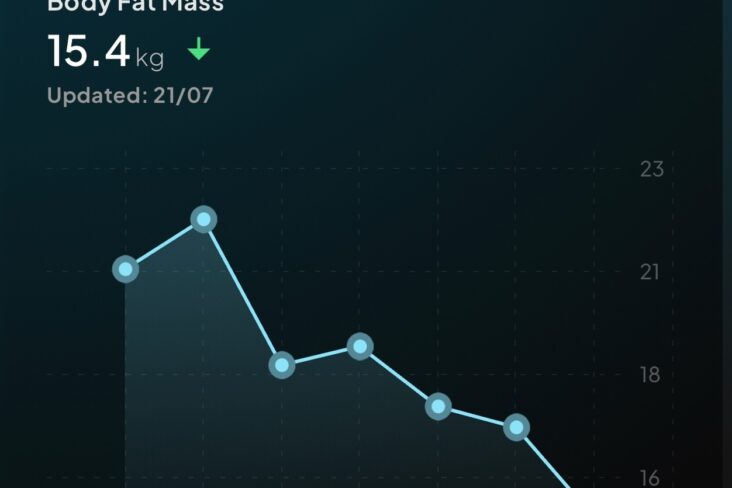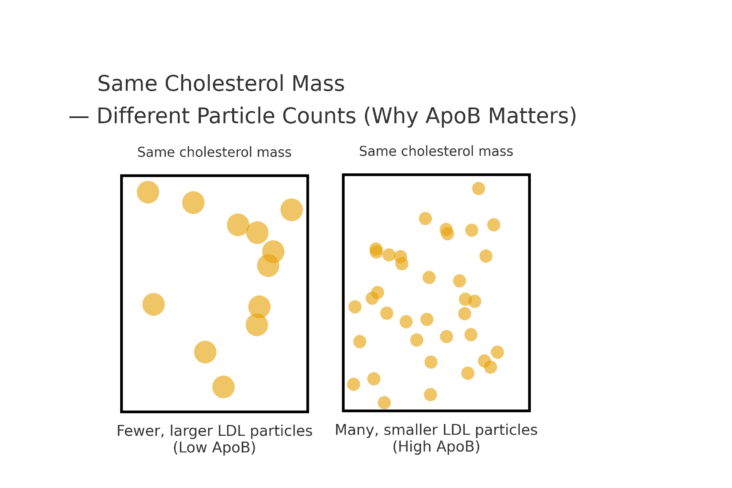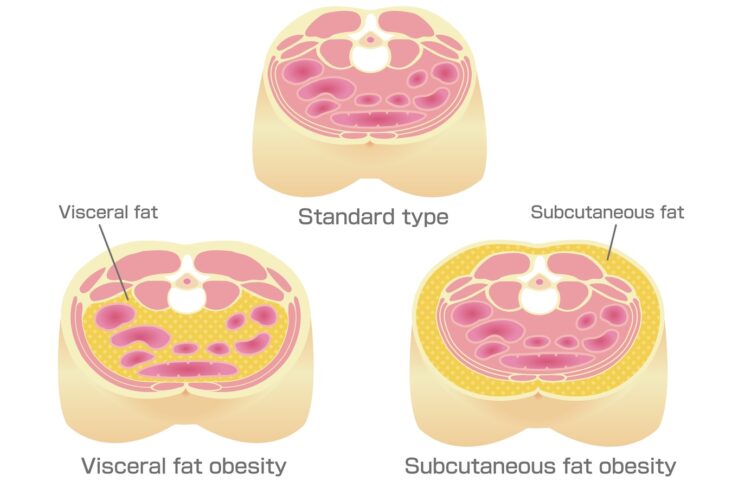
THE CHOICE: How Cardiologists Operate GLP-1 Mimetics in Practice
Semaglutide’s cardiovascular benefits extend beyond weight loss — it powerfully reduces visceral adipose tissue (VAT), the internal fat that drives inflammation, insulin resistance and small dense LDL. At SCVC, our GLP-1 programme targets VAT directly using personalised VAT scans and flexible dosing to improve long-term heart health.


